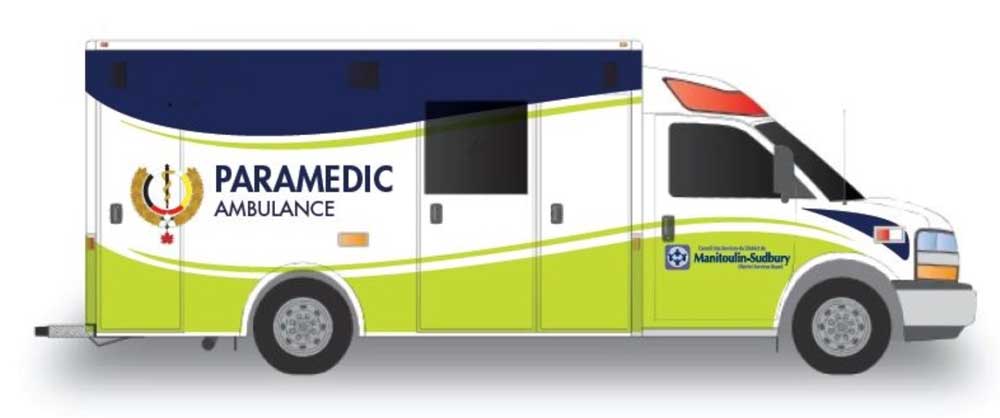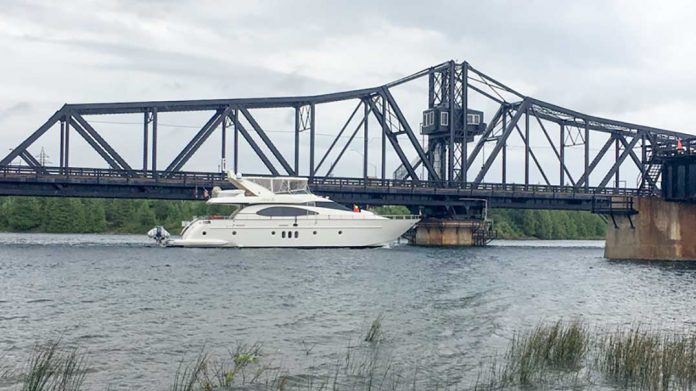ESPANOLA—The Manitoulin-Sudbury District Services Board (DSB) instituted a new strategic deployment plan for paramedic services as part of their 2017 budget deliberations, and those changes have resulted in an improvement in ambulance response times. The DSB’s non-urgent patient transfer program (where dedicated ambulance vehicles took over non-urgent transfers instead of operational EMS teams) played a central role in the plan, but the Northeast Local Integrated Health Network (LIHN) has indicated that while their own non-urgent transfer program will not be implemented before 2019, the DSB’s pilot will continue in the interim.
“The efficacy of the Manitoulin-Sudbury DSB pilot program for non-urgent patient transfers has continued to grow of the past year,” said Chief of Paramedic Services Robert Smith, “with volume increases from 45 trips per month in the spring of 2017 to more than 160 trips each month in the same period of 2018.”
The result of taking the non-urgent transfer load off of the paramedic services has been “a substantial deployment increase within service communities and improved capacity for emergency responses,” said Mr. Smith. “In March of 2018 staff determined the non-urgent patient data supported a deployment change that reduced the extra ambulance on Manitoulin Island, making it a paramedic response unit (PRU). That ambulance was historically utilized for non-urgent patient diagnostic transfer and tertiary admissions.”
The unit was initially kept in place as a safety precaution, but “in the two months following the deployment change, the PRU responded on five emergency calls and completed 25 standby calls. Additionally, the 2018 average response time to scene on Manitoulin Island with an eight-hour ambulance was 10 minutes and 48 seconds, while deployment without that ambulance revealed an average response time of 10 minutes and 20 seconds,” said Mr. Smith. “This was a significant improvement. The deployment of the PRU resource in the La Cloche area was assessed and found to have responded to 17 emergency calls in the first four months of 2018. In seven instances, the PRU was not the first vehicle on the scene, meaning that ambulance resources remained available in the communities.”
Other deployment changes that were approved in the 2018 budget included: Noelville moving from 20 hours on site and four hours on call seven days a week to 24 hours all site seven days a week; Massey EMS station moving from 20 hours on site and four hours on call to 24 hours all site and seven days a week; Killarney to 10 hours on site and 14 hours on call seven days a week to 12 hours all site and 12 hours on call seven days a week; Folyet moving from 10 hours on site and 14 hours on call seven days a week to 12 hours all site and 12 hours on call seven days a week; Gogama from 10 hours on site and 14 hours on call seven days a week to 12 hours all site and 12 hours on call seven days a week; in addition, to the elimination of the extra ambulance in Mindemoya.





